Although prices are not as hot as coffee, pepper or rice, the Vietnamese cashew industry is still quietly "embracing" an export record of 4.34 billion USD in 2024, while maintaining its position as the world's number 1 supplier for 18 years.
Article 1: The spectacular breakthrough of the 'fruit king', Vietnamese fruits and vegetables quickly reached a record
Article 2: Vietnamese coffee becomes 'ATM' earning billions, most expensive in the world
Editor's note: 2024 is a 'bumper year' for Vietnam's agricultural sector. Many traditional industries have regained their position, earning record amounts of foreign currency. Farmers in many places have changed their lives thanks to this. In addition, there are new industries that also have bright prospects for acceleration.
Join VietNamNet to look back at the bright picture of Vietnam's agricultural sector last year with the belief in a breakthrough year 2025 through the series of articles 'The Road to Records of Vietnamese Agricultural Products'.
Set a historical record, regain the billion-dollar trade surplus position
According to statistics from the General Department of Customs, in 2024, Vietnamese enterprises exported more than 723,800 tons of cashew nuts, with a turnover of 4.34 billion USD, up 12.4% in volume and a sharp increase of 19.2% in value compared to the previous year. This is a record high number since Vietnamese cashew nuts entered the international playground.
Over the past 30 years, exports of this super-nutritious seed have maintained steady growth over the years. Notably, the turnover of 520 million USD in 2006 made Vietnam the world's number 1 cashew exporter. By 2010, this item earned 1 billion USD for the first time, joining the "billion dollar club" of the agricultural sector.
Then, from 2.84 billion USD in 2016, cashew exports jumped to 3.36 billion USD in 2018. In the period 2019-2020, export turnover tended to stagnate and decrease slightly. However, for 3 consecutive decades, the Vietnamese cashew industry has always had a trade surplus.
At the end of 2021, cashew exports still set a record of 3.64 billion USD, up 12.9% compared to 2020. However, for the first time in history, the Vietnamese cashew industry fell into a trade deficit when spending up to 4.185 billion USD to buy 2.87 million tons of raw cashews from other countries.
In 2022, despite regaining the trade deficit position, export turnover will only reach 3.08 billion USD. In 2023-2024, cashew exports will return to strong growth and for the first time in history will surpass the 4 billion USD mark, with a trade surplus of 1.12 billion USD.
Mr. Tran Huu Hau - Deputy General Secretary of the Vietnam Cashew Association - acknowledged that despite facing many difficulties in the crop and market, cashew exports still set a record in 2024. Vietnam continues to be the world's largest cashew exporter (for the 18th consecutive year) and accounts for over 80% of the total global cashew export output.
In recent years, this strength of Vietnam has confidently shouted the slogan: "Talking about cashews, thinking about Vietnam".
Because the biggest advantage of the Vietnamese cashew industry is the most advanced processing technology in the world, produced by Vietnamese people. With about 500 manufacturing and processing enterprises, a capacity of about 4 million tons of raw cashews per year, our country's cashew nuts are present on the shelves of 90 countries and territories.
Notably, Vietnamese cashews account for 80-99% of the total import value of countries such as the US, Australia, China, the Netherlands... In 2024, the US alone spent nearly 1.2 billion USD to buy this super nutritious nut from Vietnam.
Seize the opportunity to accelerate
According to the Vietnam Cashew Association (Vinacas), for many years, Vietnam has been leading the global cashew supply and value chain. The quality of cashew nuts grown in Vietnam is also the best.
The opportunity for the Vietnamese cashew industry to accelerate is also opening up as the growth driver of the cashew market is the development of the food processing industry, driven by urbanization, changing consumer lifestyles and the demand for convenient food.
Accordingly, cashew nuts are widely used in the food processing industry to make snacks, confectionery, bakery products... With this trend, the demand for cashew imports from major markets will likely continue to increase in the coming time.
The global cashew market size in 2025 is forecast to reach USD 8.14 billion and increase to USD 11.67 billion by 2033.
However, to seize this opportunity, the Vietnamese cashew industry must solve the problem of raw material supply.
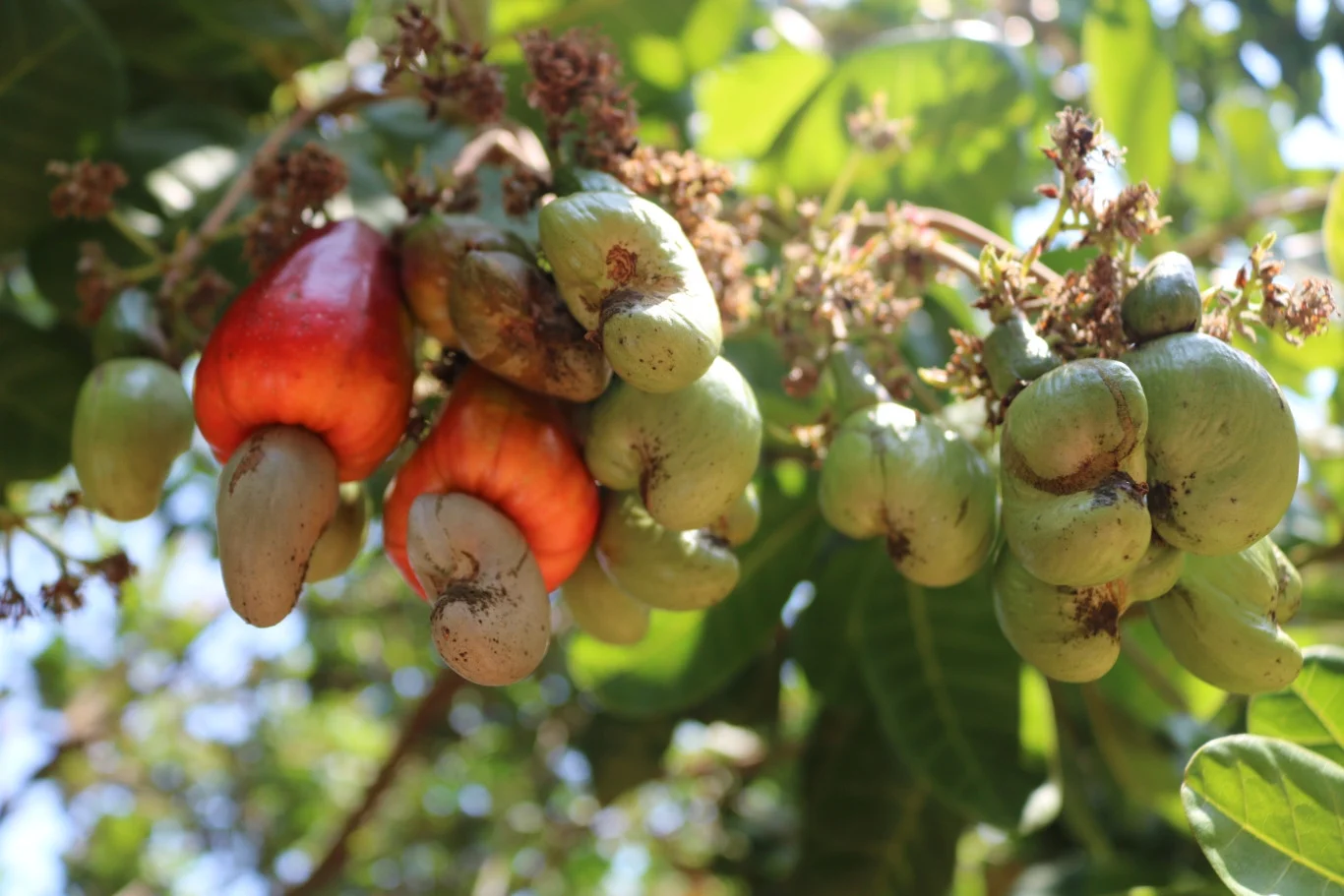
According to information from the Ministry of Agriculture and Rural Development, the cashew growing area in our country has a tendency to decrease steadily. From 440,000 hectares in 2007, by the 2019-2020 crop year, the area was only 302,500 hectares, with an output of 339,800 tons. In 2024, the cashew growing area will be about 316,100 hectares, with an estimated output of 348,000 tons.
Meanwhile, the import turnover of raw cashew nuts increased sharply from 1.66 billion USD in 2016 to 3.33 billion USD in 2024. At its peak, in 2022, the import turnover of this item jumped to 4.185 billion USD.
The concern about raw material supply is even greater, because in recent years, African cashew growing countries and Cambodia have had a policy of developing domestic processing industries and gradually reducing raw exports. They have introduced many preferential policies to attract investment in cashew processing factories, while closely monitoring minimum export prices and imposing high export taxes on raw cashews.
In December 2024, a Cambodian cashew processing factory for export began operating. The first batch of processed cashew nuts from this factory was packaged and exported to the Chinese market, then aimed at the Middle East, Europe, etc.
In order to achieve stable growth and sustainable development, in addition to solving the problem of raw material supply, Ms. Dao Thi Lanh - President of the Cashew Association of Binh Phuoc Province - said that the cashew industry needs a systematic strategy to increase value in the world cashew industry chain. In addition, it is necessary to shift from preliminary processing of cashew nuts for export to deep processing, into food, and directly to supermarkets.
Sharing the story of the cashew industry, Minister of Agriculture and Rural Development Le Minh Hoan once felt "bitter" when receiving the answer from cashew farmers: "Growing durian brings in 1 billion VND/ha, while growing cashew only brings in about 35-40 million VND/ha".
From the above story, according to the Minister, we must adapt to market rules, we cannot stop farmers, we need other economic tools. The cashew industry can exploit more layers of value, such as growing red lingzhi mushrooms in cashew gardens to increase income. Thus, people will stick with cashew trees, stabilizing the raw material area.
The cashew industry can also cooperate to exploit the potential of carbon credits. Because, each hectare of cashew grown in a way that reduces emissions can earn 400 USD from selling carbon credits.
Mr. Tran Van Phuong - Deputy Director of the Department of Agriculture and Rural Development of Binh Phuoc province - said that developing cashew growing areas to create carbon credits and restructuring the cashew industry in a green direction is the province's goal.
“If implemented well, it will contribute to increasing income and improving the lives of cashew farmers. At the same time, building a sustainable raw material area will help attract investors to the field of processing cashew nuts for export,” he shared.
Next article: With the world's largest warehouse, Vietnam's 'black gold' is in high demand, in its heyday

Source: https://vietnamnet.vn/am-tham-thanh-nha-cung-ung-so-1-the-gioi-nganh-dieu-om-ve-ky-luc-4-34-ty-usd-2365053.html


![[Photo] Buddha's Birthday 2025: Honoring the message of love, wisdom, and tolerance](https://vphoto.vietnam.vn/thumb/1200x675/vietnam/resource/IMAGE/2025/5/12/8cd2a70beb264374b41fc5d36add6c3d)

![[Photo] Prime Minister Pham Minh Chinh starts construction of vital highway through Thai Binh and Nam Dinh](https://vphoto.vietnam.vn/thumb/1200x675/vietnam/resource/IMAGE/2025/5/12/52d98584ccea4c8dbf7c7f7484433af5)
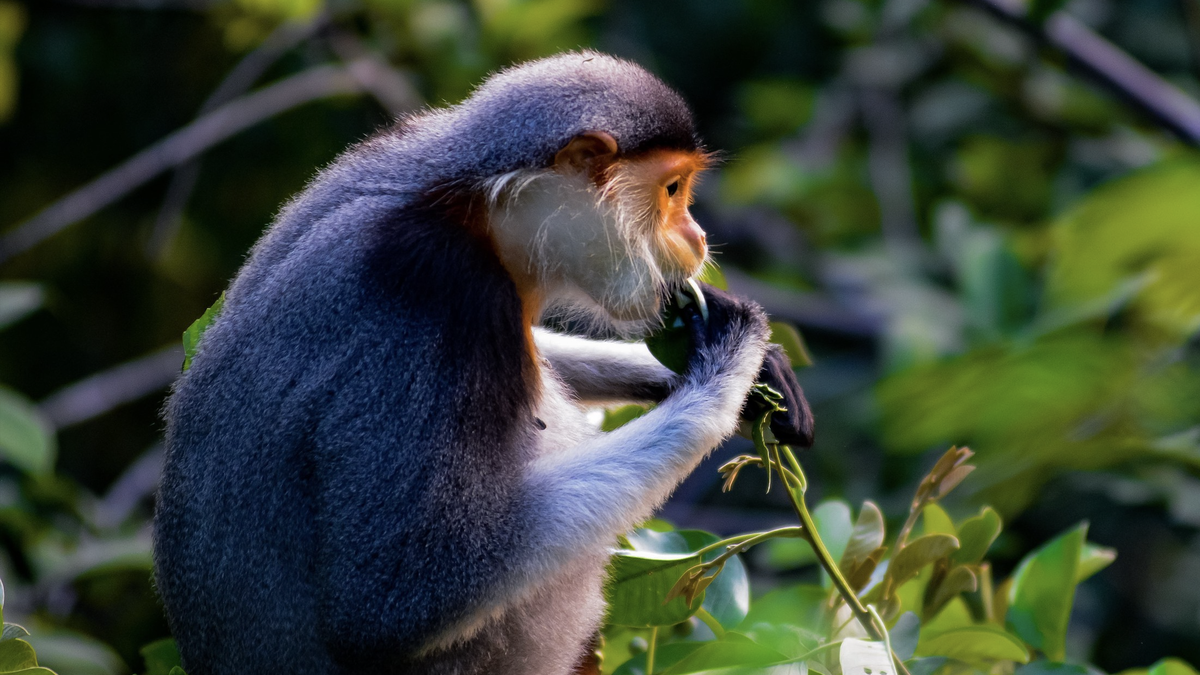

![[Photo] Prime Minister Pham Minh Chinh works with the Standing Committee of Thai Binh Provincial Party Committee](https://vphoto.vietnam.vn/thumb/1200x675/vietnam/resource/IMAGE/2025/5/12/f514ab990c544e05a446f77bba59c7d1)


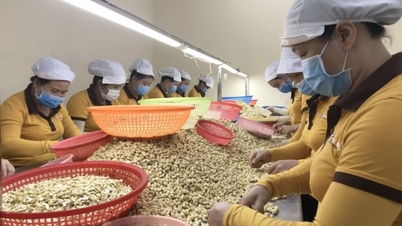
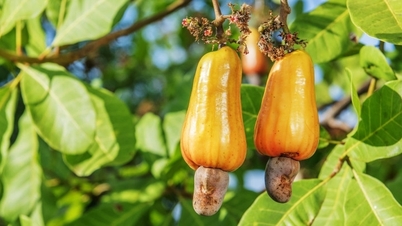
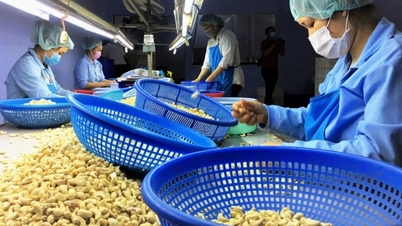
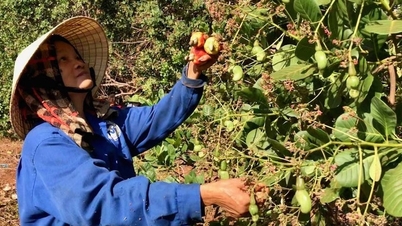
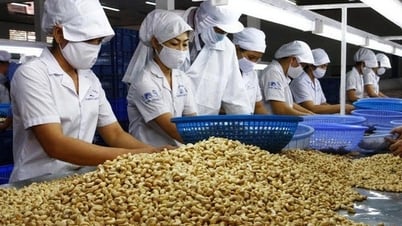





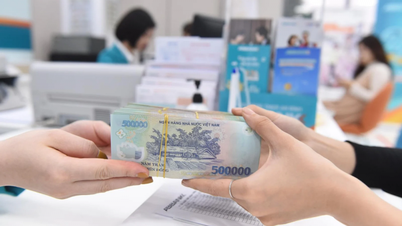










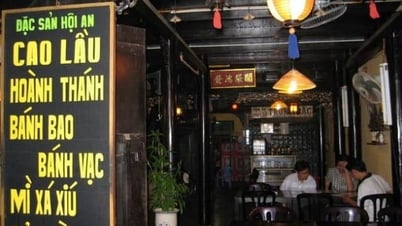
















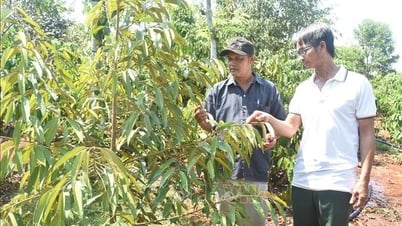



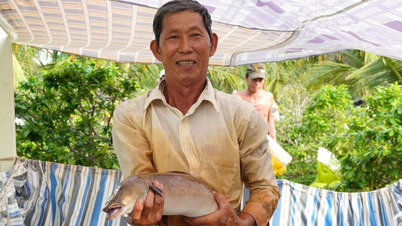







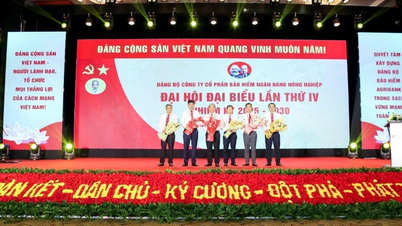
























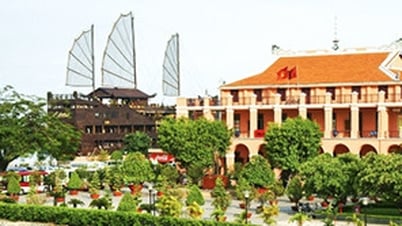



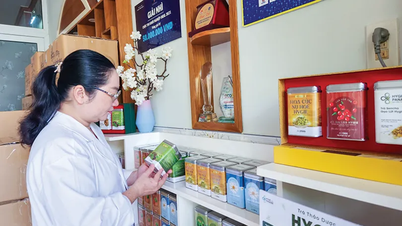

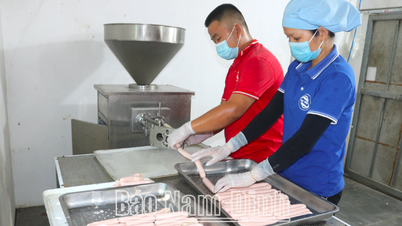

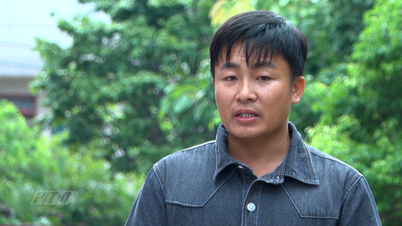

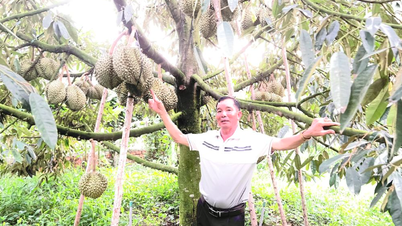


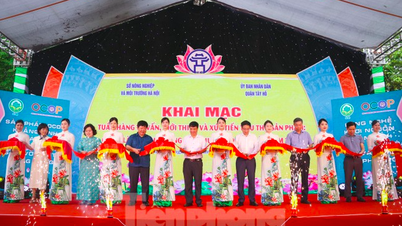

Comment (0)